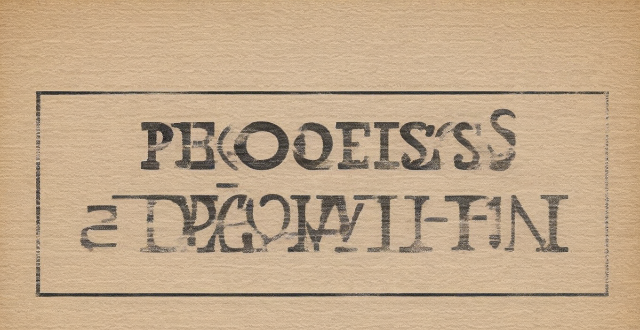The article discusses the risks and benefits of very low-calorie diets (VLCDs), which typically consist of 800 to 1,200 calories per day and are often used for short-term weight loss goals. While VLCDs can lead to rapid weight loss, they also come with potential risks such as nutritional deficiencies, slowed metabolism, muscle loss, gallstones, hair loss, dry skin, constipation, nausea and dizziness, irritability and mood swings. However, under certain circumstances and with medical supervision, VLCDs can be safely used for short periods of time to jumpstart weight loss in individuals who are significantly overweight or obese. It is important to consider the potential consequences and consult with a healthcare professional before starting a VLCD.

Is it Safe to Follow a Very Low-Calorie Diet for Rapid Weight Loss?
Following a very low-calorie diet (VLCD) for rapid weight loss can be tempting, but it is important to consider the potential risks and benefits before embarking on such a restrictive eating plan. Let's explore this topic in detail:
What is a Very Low-Calorie Diet?
A very low-calorie diet typically consists of 800 to 1,200 calories per day, which is much lower than the average daily caloric intake recommended for adults. These diets are often used for short-term weight loss goals and may include meal replacement shakes or pre-packaged meals.
Key Points:
- Caloric Intake: 800-1,200 calories per day
- Duration: Short-term use (usually several weeks)
- Food Sources: Meal replacements or pre-packaged meals
Potential Risks of VLCDs
While VLCDs can lead to rapid weight loss, they also come with several potential risks that should not be overlooked:
Nutritional Deficiencies
Very low-calorie diets may not provide all the essential nutrients your body needs to function properly. This can lead to deficiencies in vitamins, minerals, and other important nutrients.
Examples of Nutrients at Risk:
- Vitamin D
- Calcium
- Iron
- B vitamins
Slowed Metabolism
Severely restricting calories can cause your metabolism to slow down as your body adjusts to the lower energy intake. This can make it harder to lose weight in the long run and may lead to weight regain once you resume a normal caloric intake.
Muscle Loss
In addition to fat loss, VLCDs can also result in muscle loss. Since muscles are metabolically active tissues, losing them can further slow down your metabolism and affect your overall health.
Gallstones
Rapid weight loss has been linked to an increased risk of developing gallstones, which can be painful and require medical treatment.
Other Health Risks
Other potential risks associated with VLCDs include:
- Hair loss
- Dry skin
- Constipation
- Nausea and dizziness
- Irritability and mood swings
Benefits of VLCDs (with Caveats)
Despite the risks, there are some potential benefits to following a very low-calorie diet under certain circumstances:
Rapid Weight Loss
As mentioned earlier, VLCDs can lead to rapid weight loss, which may be motivational for some individuals. However, it is important to note that this weight loss is often not sustainable in the long term.
Medical Supervision
If followed under medical supervision, VLCDs can be safely used for short periods of time to jumpstart weight loss in individuals who are significantly overweight or obese. In these cases, healthcare providers can monitor nutrient intake and address any potential issues that may arise.
Conclusion: Weighing the Risks and Benefits
While very low-calorie diets can offer rapid weight loss results, they come with significant risks that should not be ignored. Before starting a VLCD, it is crucial to consider the potential consequences and consult with a healthcare professional to determine if such a diet is safe and appropriate for your individual needs and goals.